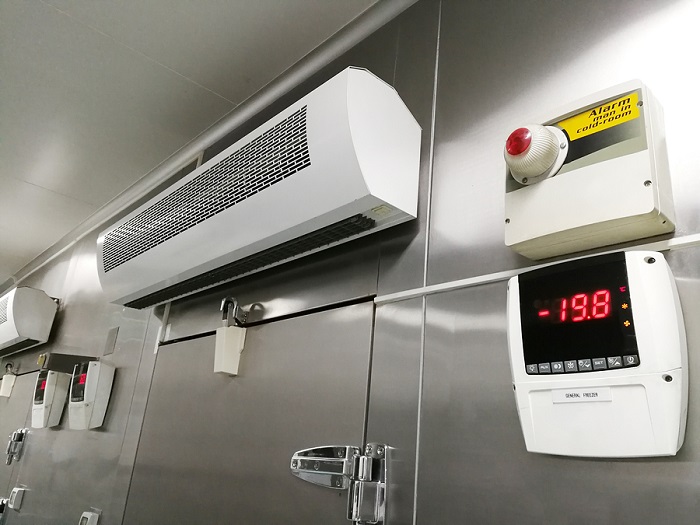 Combating the cold winter months and handling cold and wet materials can test any worker. Worker performance within cold environments requires high quality PPE solutions.
Combating the cold winter months and handling cold and wet materials can test any worker. Worker performance within cold environments requires high quality PPE solutions.
When working in cold environments, manual tasks can lower body and hand temperature - making handling and gripping objects more difficult. This can increase the risk of hand and arm grip force reduction, leading to a decrease in blood flow to muscles, thus increasing fatigue and the chance of injury.
Within the workplace hands are most likely to be affected by cold temperatures. When selecting gloves, consideration must be given to the most appropriate product for the temperature, or the tasks being performed within the environment. Factors such as insulation, fit, flexibility, dexterity, job role and hazard need to be considered.
Keeping warm is a basic need that all of us share. For those who work in cold temperatures and environments, the need to keep their hands warm and protected is of major importance.
Choosing quality hand protection will aid in avoiding potentially serious health risks like frostbite, fatigue, and accidents on the job.
People who work within cold handling and cold environments can be both indoors and outdoors and include industries and occupations such as refrigeration, cold storage, warehousing, logistics, transportation, construction workers, maintenance, mechanical, machine operators, baggage handlers, airplane mechanics, and emergency services personnel - who are often exposed to cold stress.
Lighting can also be compromised in both indoor and outdoor cold temperatures and the use of hi-vis hand protection can also aid in further protection within low light environments.
Gloves such as the Force360 CoolFlex AGT Winter Glove, the ProSense Stinga Frost Gloves, the ArcticPro Winter Glove, or the Ninja Ice Glove are necessary to ensure workers in cold environments can work safely and effectively.
For further information, view the Bunzl Safety article on this topic here





